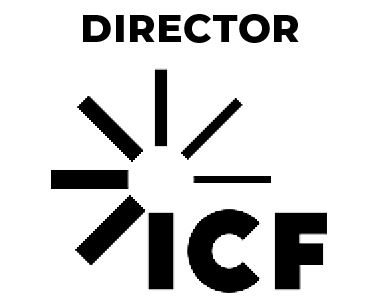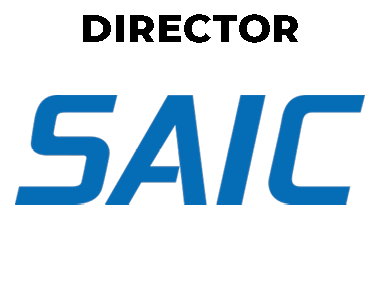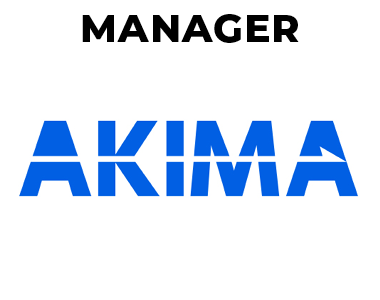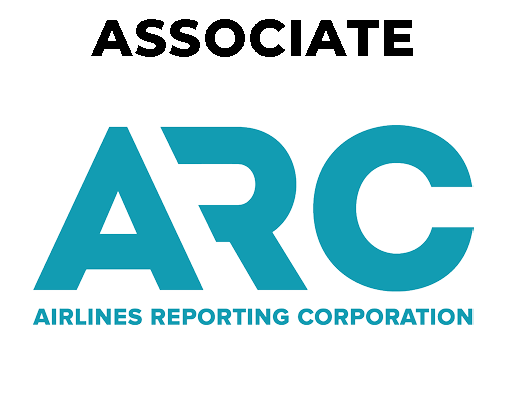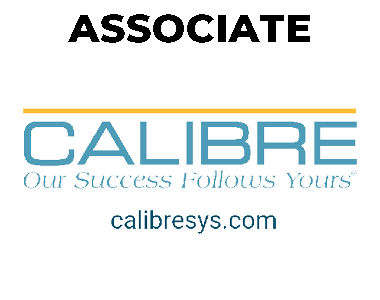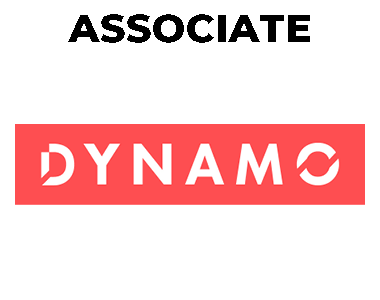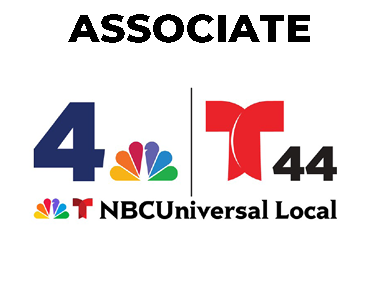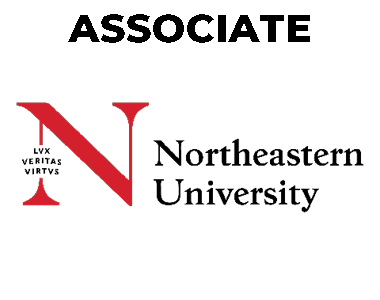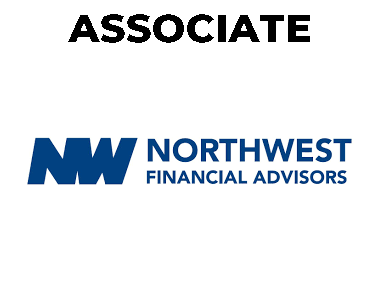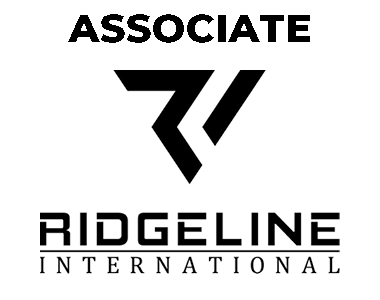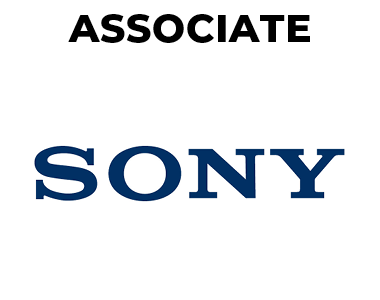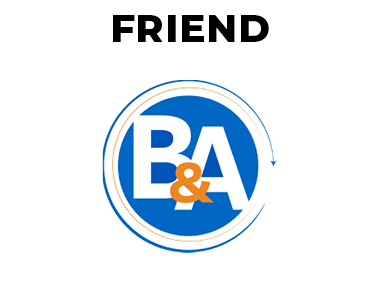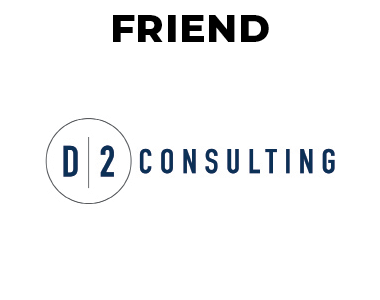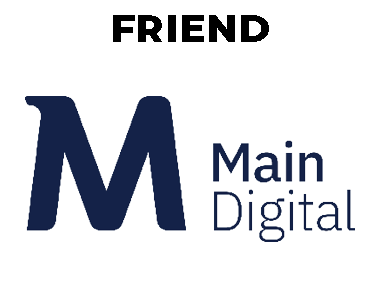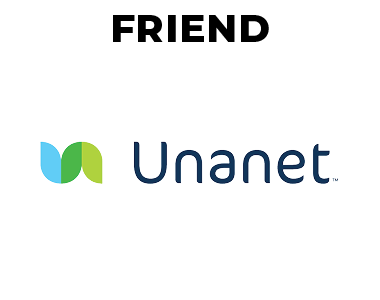Aug
05
What Do Men Get Out of Advancing Women?
by Rayona Sharpnack, Founder and CEO, Institute for Women’s Leadership
"I'll tell you one thing, it's always better when we're together."
–Jack Johnson, from Better Together on the album "Between Dreams"
There are many terms bouncing around the internet these days to describe the ideal state for men and women who work together: gender equity, gender equality, gender parity, and gender balance, to name a few.
To me, these terms have a regrettable tinge of separate but equal. What I envision is Gender Partnership, where men and women of all colors and backgrounds bring their widely diverse talents and skills to the table and work together in service of a common goal. (You might recall my May 4 article on the differences between men's and women's brains and how they make it vital to have both perspectives working on the same issue at the same time.)
Now, not everyone is a "team player" who wants to work in partnership. But I urge each of you to open your minds to the experience of trading some innate preferences or understandable pride in individual achievement for the greater results -- and greater pleasure – that come from truly cooperative success.
There's a catch, though. We know from research and past experience that in order for women to be given an opportunity to express their full potential at work, they need men speaking up for them. Men have the power to open more doors, make others listen, and enlist other men in the cause. They can serve as powerful, positive mentors for women wanting to move up the corporate ladder. They've got the clout, they've got the numbers, and when they support the advancement of women in their companies, they cannot be accused of self-interest. Their words carry weight.
I have seen this first-hand in the companies I work with. Gender Partnership goes from being a slightly suspect new concept to men to an exciting (and well-documented) path to increased profits, better problem solving, more innovation, higher customer satisfaction and increased productivity.
There has been much documented about the economic benefits corporations have yielded from higher percentages of women in leadership. Here are some of the specific benefits men reap from stepping up and speaking out in behalf advancing women to achieve full Gender Partnership.
• They can get better performance reviews
According to a recent study from the University of Colorado, when white men promoted diversity in hiring and advancement, they got a bump in their performance reviews. (Women and non-white executives who pushed for other minority candidates to be hired and promoted, however, got dinged when it came to their performance reviews. Women recommending other women were perceived as colder; non-white executives recommending other non-white executives were seen as less competent.)
• They can contribute significantly to talent retention among women at their company
A number of respected studies have shown that women are actively (unconsciously) discouraged from returning to work after having a child. The results of a large survey of Harvard's female MBA grads "suggest that when high-achieving, highly educated professional women leave their jobs after becoming mothers, only a small number do so because they prefer to devote themselves exclusively to motherhood; the vast majority leave reluctantly and as a last resort, because they find themselves in unfulfilling roles with dim prospects for advancement."
The Los Angeles Times reported that qualified women are leaving the tech industry in droves. Women in tech say filling the pipeline of talent won't do much good if women keep quitting — it's like trying to fill a leaking bucket… A Harvard Business Review study from 2008 found that as many as 50% of women working in science, engineering and technology will, over time, leave because of hostile work environments and male cultures, a sense of isolation, and lack of a clear career path. An updated study in 2014 found the reasons hadn't significantly changed.
The 200 largest law firms in the country are running into the same problem. Women make up just 17% of the equity partners in these large firms. "The reason for the female exodus from traditional law firm life," an article in the American Bar Association Journal said, "likely touches on… poor culture, inflexibility, and archaic and inefficient business structures."
• They can be heroes in saving their companies money
Let's take just one example: It costs $150,000 to $200,000 to replace a high tech worker. This includes the cost of recruiting, the hiring and vetting process and training the newcomer. It doesn't even include the losses incurred in terms of the talent relationships that walk out the door.
And consider this: How much does a company have to make on the top line to pay out a bottom line cost of $200,000?
• They can help fill the pipeline and ensure their company’s future
Within five years, more than 60 percent of all of U.S. college grads will be women – while simultaneously 10,000 Baby Boomers are turning 65 every day! Which companies will they choose to work for? Firms that practice full Gender Partnership and welcome their ideas, career aspirations, and collaborative approaches to problem solving? Or those with cultures that are unfriendly, dismissive of their talents, and slow to promote them to positions of authority?
• They can become better people, fathers, husbands and contributors by uncovering their unconscious gender bias
Few of us believe that we go through life having unconscious bias about women or ethnically diverse people. But one only has to take the Implicit Association Test to see that it's alive in us in every category. Even women are biased against women, blacks against blacks, and so on. Until we come to consciousness about the frame of reference from which we regard and judge others, this won't change.
I have worked with groups around identifying and shifting their frames of reference – their contexts – for more than 30 years. Here is the process for doing so: 1) Identify your current frame of reference (a belief you have that forms a conclusion) that isn't working for you such as “Women with small children won’t take jobs that require travel”; 2) Consciously choose a new contextual frame of reference (e.g. “Women can be trusted to make job decisions that work for their families”).
Another simple example is this. If your current frame of references sees people unlike you as "them" you can choose a new frame of reference that trades in “It's us versus them" for "It's all us." If you look for evidence to support your new frame of reference, I suspect you will find it as readily as you ever did "proof" of how valid you old frame of reference was.
Man or woman, young or old, Asian, African-American, Latino, Native American – I urge each of you to make the commitment to full Gender Partnership – and check your unconscious bias at the door!
Rayona Sharpnack’s Biography
Rayona Sharpnack is the founder and CEO of the Institute for Women's Leadership, an organization renowned since 1991 for its groundbreaking initiatives in leadership and organizational effectiveness. Drawing from highly successful careers in education, professional sports, and business, Sharpnack is an inspirational teacher, coach and mentor to senior executives across industries. She is also co-founder of GenderAllies, an alliance of inclusion professionals committed to full gender partnership.
Sharpnack's clients include Fortune 500 companies, government agencies, universities and nonprofits, including Pfizer, Gap Inc., Hertz, Cardinal Health, Teva Pharmaceuticals, Microsoft, Proctor & Gamble, Hewlett-Packard and World Pulse. Her masterful approach takes complex theoretical concepts and distills them into memorable and easily grasped learning. More than 20,000 women and men – from mid-level managers to C-suite executives – have relied on her and the Institute for Women's Leadership to coach them to achieve breakthrough results both at work and in their personal lives.
Her pioneering work has earned her numerous awards and appointment as Chairwoman of Leadership Development on the Women's Leadership Board of Harvard's Kennedy School of Government.
Sharpnack has presented her outstanding achievements in advancing women leaders and building high-performance organizations to prestigious institutions and associations such as:
- Harvard University
- Stanford Business School
- U.C. Berkeley's Hass School of Business
- State of the World Forum
- Canadian Federal Government
- Australian Federal Government
- Leadership America
- Professional and Business Women of California










